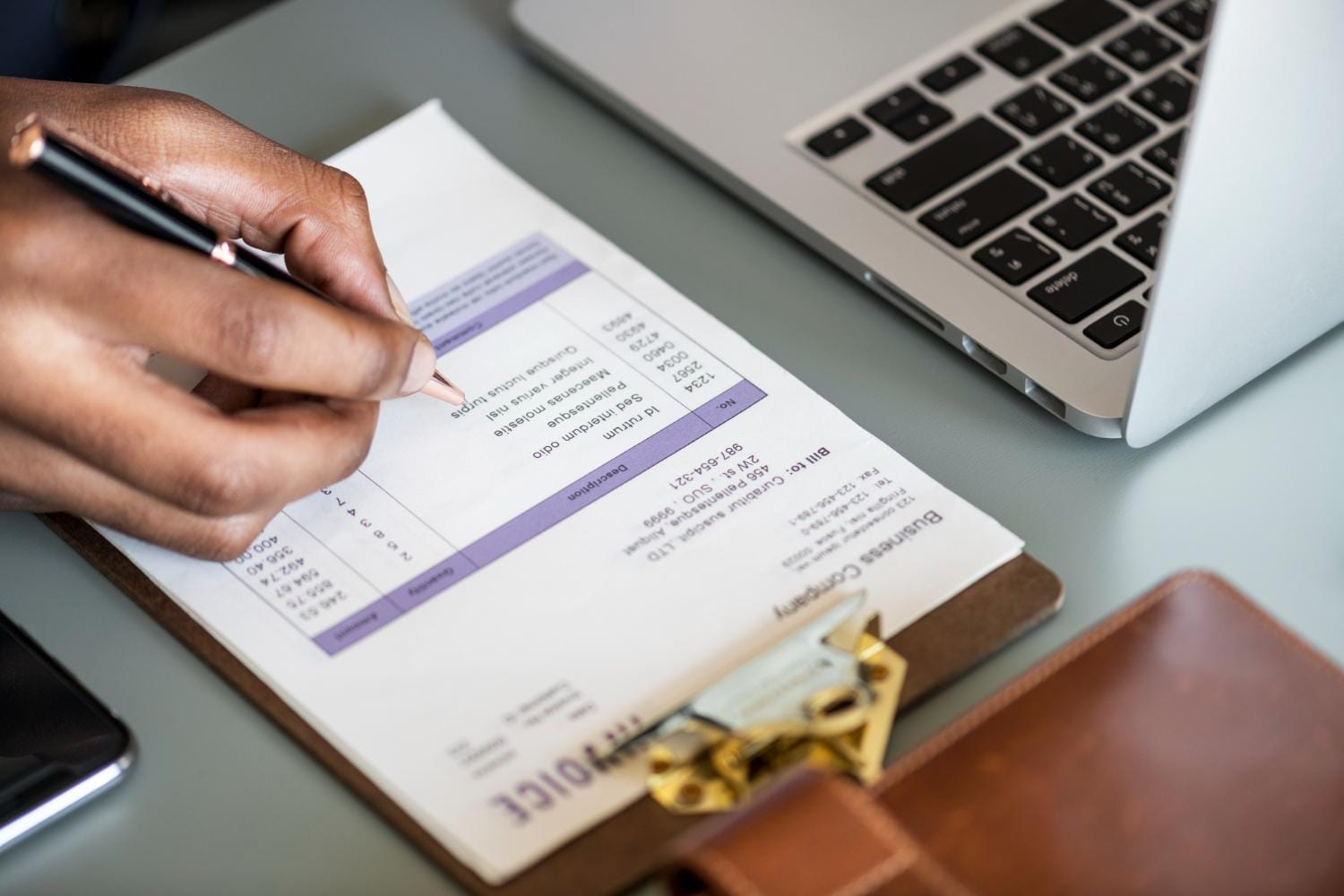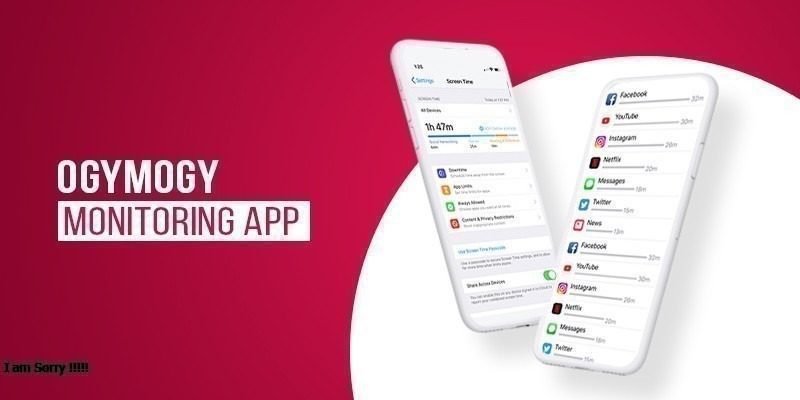
Forbes says, ‘inadequate balance sheet reconciliations often result in financial statement errors, and those errors can have serious consequences.’ If your numbers don’t match, you’re not just looking at extra work later. You’re risking flawed decisions, compliance issues, and audit delays.
This is why more finance teams are approaching balance sheet reconciliation as a necessary process in 2025 rather than merely a monthly task to complete. Done correctly, it enables you to verify account balances, find errors early, and keep accurate, dependable financial records.
This guide explains what a balance sheet reconciliation is, how to perform it step-by-step, and common challenges to watch out for, along with a few best practices to streamline the overall process and help you do it more effectively.
What is Balance Sheet Reconciliation?
Balance sheet reconciliation involves ensuring that the numbers on your balance sheet align with your actual financial records. In this process, you will review your accounts, catch any gaps, explain them, and correct them. This step keeps your financial reporting accurate and lets you make data-driven decisions.
Why is it important?
A balance sheet provides a snapshot of your business’s financial position. Reconciling it regularly helps you:
- Catch and fix transaction errors early
- Trust that your account balances are accurate
- Prevent small issues from snowballing later
- Resolve discrepancies quickly
- Stay compliant with financial standards and regulations
- Keep a clear record for audits or internal reviews
- Build a solid audit trail for the future
When Should You Do a Balance Sheet Reconciliation?
Many companies reconcile their balance sheets when they do financial close processes, typically at the end of each month. Some teams also do it quarterly or annually, depending on their reporting schedules.
Balance Sheet vs. Bank Reconciliation
Both processes are similar in nature, but they focus on different things. Balance sheet reconciliation looks at all transactions that show up on your balance sheet.
Bank reconciliation is a more focused task, concerned only with your cash and bank statements—it’s one component of the full balance sheet review.
How to Reconcile Your Balance Sheet (Step-By-Step)
Though this might look like a time-consuming process, with the right process, balance sheet reconciliation can be manageable. Here’s how to do it in six straightforward steps:
- Decide which accounts to reconcile: This procedure could just require you to reconcile certain accounts, depending on your sector and the functioning of your company. For example, another department could already handle bank reconciliation; therefore, adding these accounts to your reconciliation would be duplicative.
- Gather all necessary data: This covers any supporting papers, including bank statements, invoices, or payment records, as well as the account’s general ledger.
- Compare your data: Review the transactions on your balance sheet and verify them against the supporting documents. For example, check your accounts receivable ledger against customer invoices to find mismatches.
- Analyze any discrepancies: Finding mistakes in your general ledger (or GL) is insufficient; you must fix them. Occasionally, finding and clarifying the variations is as easy as noticing typing errors and related data entry mistakes. In other situations, you must look across several systems to determine the cause of the mistake.
- Make adjustments: After finding an issue, update your general ledger and any journal entries to reflect the correct balances. Using software will even automate this part for you.
- Document everything: Keep a record of what you found and how you fixed it. This not only helps with audits but also makes future reconciliations easier, especially if you keep running into the same issues.
Best Practices for Balance Sheet Reconciliation
Here are some of the tips to make the process smoother and more accurate:
- Automate wherever possible: Manual work often increases your processing time and the risk of mistakes. Try to use software that can handle some time-consuming tasks like matching transactions automatically.
- Use the right technology: Automation is excellent, but smart technology goes beyond time savings. It can show problems you might overlook and point out inefficiencies. Tech may greatly ease reconciliation, whether you employ a specific tool or ERP software.
- Review your risk assessment process: By assessing financial risks early, your team can spot potential problems before they become big. This gives you a starting advantage when it’s time to reconcile and reduces the risk of surprises.
- Put clear policies and controls in place: Set standard procedures for how your teams manage financial transactions. Internal controls can catch errors early and reduce the work needed during reconciliation.
Common Challenges to Watch Out For
Even with the best tools, balance sheet reconciliation can be tricky. Here are a few common pain points:
- Scattered data: Your information might live in multiple tools, spreadsheets, or even forgotten systems. Gathering everything in one place takes time and effort.
- Manual errors: If your organization still handles a large volume of transactions manually, errors are more likely to occur. These can slow down your reconciliation efforts.
- Lack of standard processes: If each team handles reconciliation differently and there are no internal controls, your balance sheet might not reflect reality until significant cleanup is done.
How does the Right Software Help Your Balance Sheet Reconciliation?
If you’ve noticed a pattern of errors in your balance sheet reconciliation, you’re not alone; manual work creates most of the headaches in this process. That’s why the right software makes a huge difference. Here’s how software can help you with:
- Reduce human error with standardized processes
- Extract data from multiple sources into one platform
- Automates your company’s repetitive chores like transaction matching
- Tracks every change to your general ledger for easy auditing
Strengthening Financial Integrity
A strong balance sheet reconciliation process goes beyond accuracy — it forms the foundation of reliable financial reporting. When accounting teams prioritize and master reconciliation early, they create a system that supports transparency and consistency.
This preventive approach helps you find issues before they grow, make sure you have clean audits, and support internal controls. More importantly, it builds trust with leadership, investors, and other stakeholders. Teams that take ownership of the process help their companies have long-term development and growth.
In today’s fast-paced financial space, developing this skill early isn’t optional; it’s a critical step toward building a stable financial structure.








